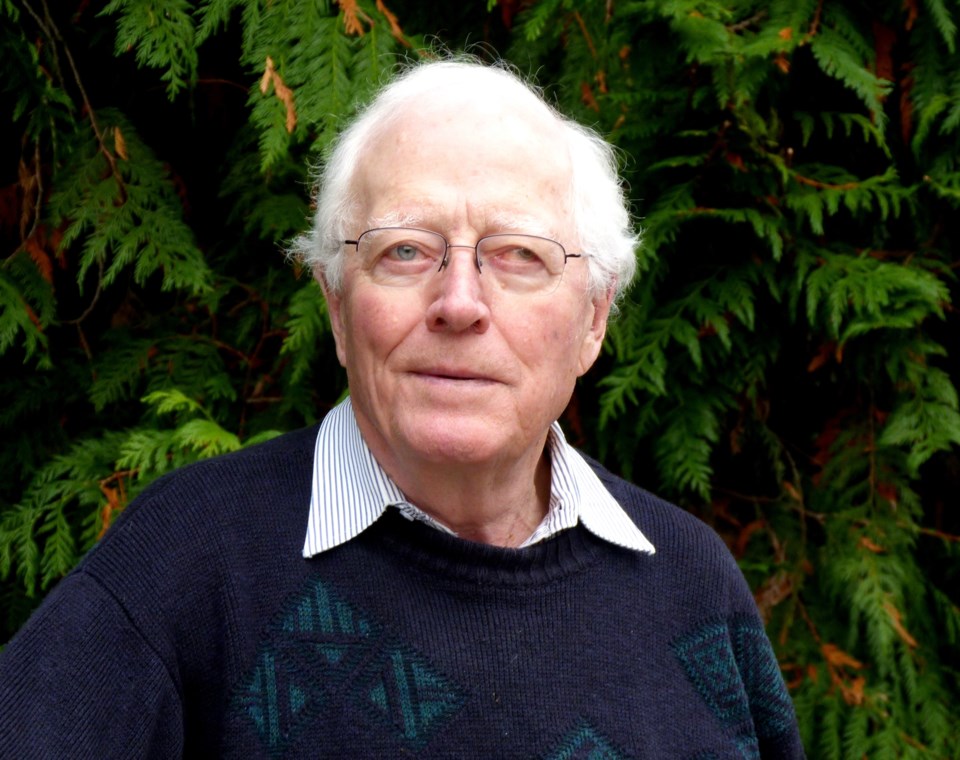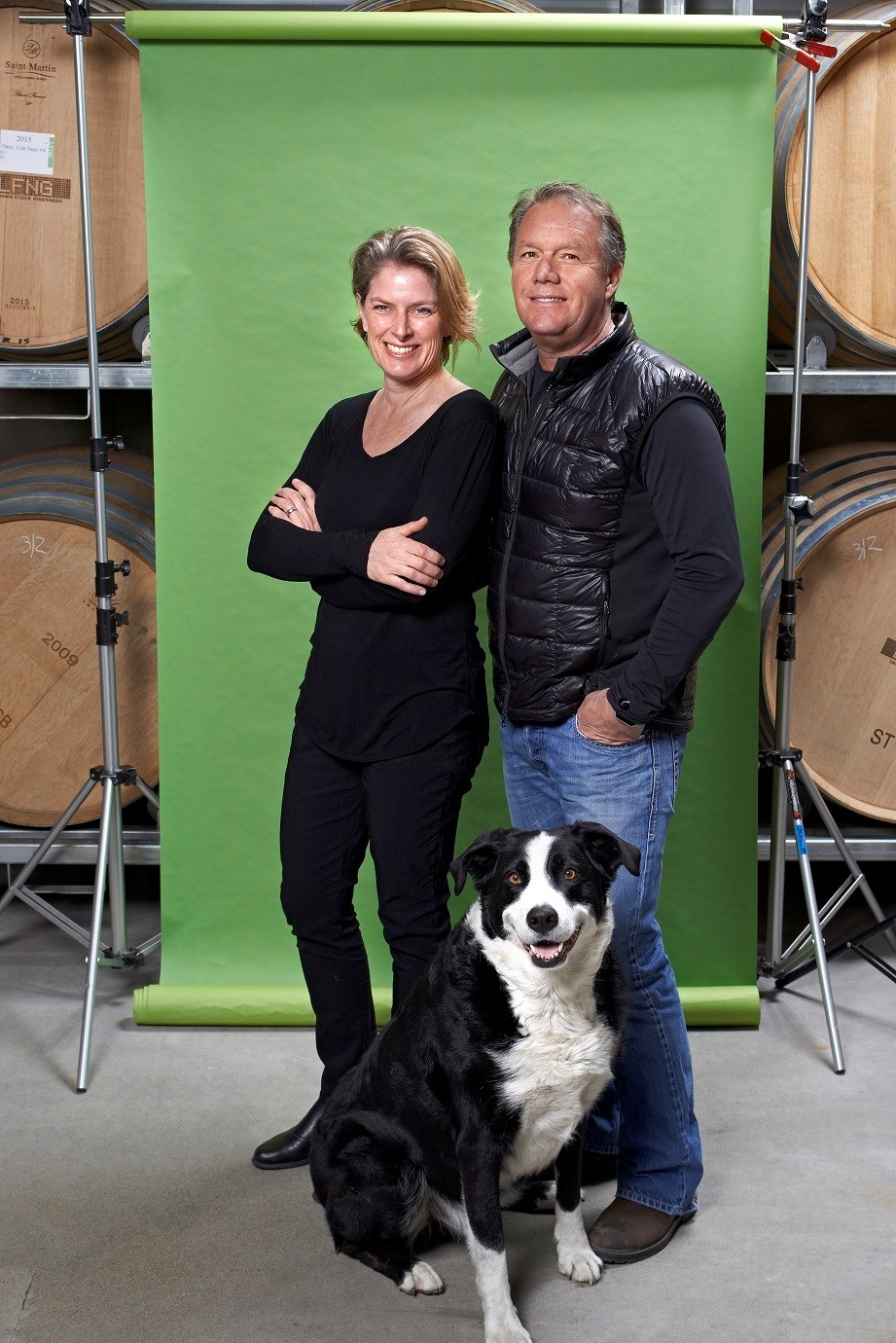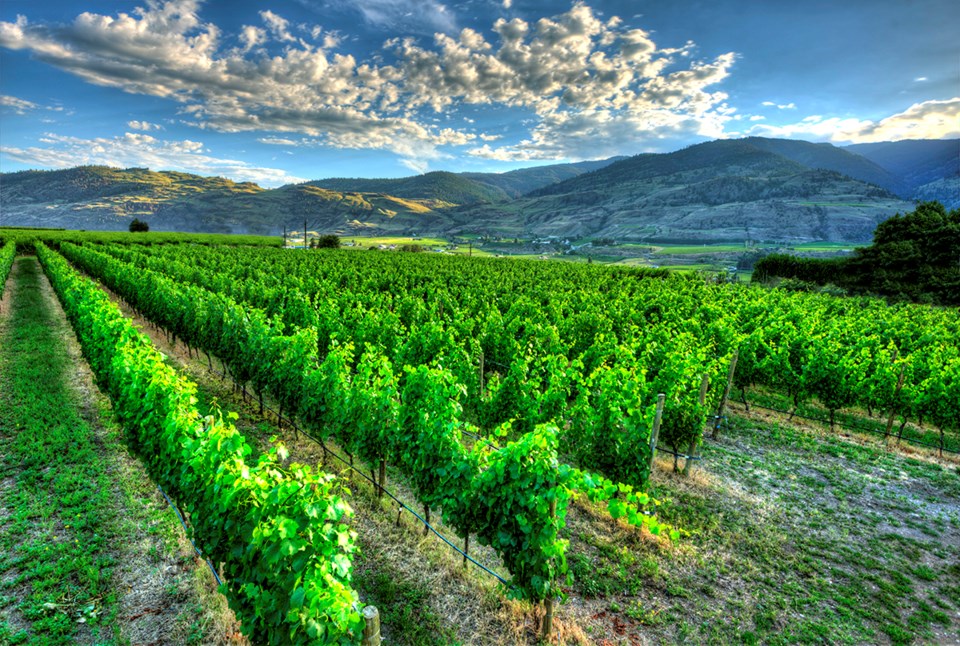BC wine has received significant attention from beyond our borders in the last couple of years. International journalists have been flocking to our vineyards and reviews from esteemed critics like Jancis Robinson, Dr. Jamie Goode and Decanter Magazine have been positive. This is an enormous point of pride.
Despite great strides, though, industry leaders are well aware that they are nowhere near their endgame. In fact, the journey has just begun.

“The improvements of the last 20 years have been huge but we cannot rest,” stresses wine writer John Schreiner, who has been specializing in BC wine for well over three decades.
Cynthia Enns, co-owner of Laughing Stock Vineyards, echoes his sentiments and cautions against over confidence. Success isn’t simply selling out of wine at the cellar door and should not distract from raising the bar even higher.
“Are we remembering to lift our heads and that our wines need to compete globally?” she questions. BC wines may have caught the world’s attention, but now they need to sustain it.
Competing globally doesn’t imply going head-to-head with inexpensive wines from Chile, Argentina or the South of France, for example. We don’t have the economies of scale, and high land and labour costs mean our wines are more expensive. The quality therefore needs to live up to the prices they command. This starts in the vineyard.
“Most of the improvements to date have come from viticulture practices, better farming and more appropriate site selection, rather than cellar techniques,” asserts Michael Bartier, consulting winemaker and co-owner of Bartier Brothers. He sees room for even greater improvement.

The wines also need to offer something distinct. However, determining an overarching identity of BC wine has posed a challenge. Consider the Okanagan Valley, which accounts for 82 per cent of our vineyards. It extends across a vast area of 250 kilometres, from the cooler northern reaches of Lake Country to the demonstrably hotter section of Osoyoos in the south.
“The Okanagan is too diverse a place in terms of climate and terroir to be lumped as one region,” explains Rhys Pender, Master of Wine and co-owner of Little Farm Winery in the neighbouring Similkameen Valley. “There are huge variations in soils and even from one side of the valley to the other can make completely different wines based purely on sun exposure.”
When research scientist Dr. Pat Bowen started working with Summerland Research and Development Centre in 2000, Okanagan growers weren’t generally thinking about terroir or which grapes were appropriate where. She had her work cut out for her: mapping all of the vineyards in the valley and characterizing their soil and climate. In 2005, Bowen and her colleagues used this to divide the valley into theoretical sub-regions and began testing to determine if there were discernable impacts on wine quality and varietal suitability in each. Their results supported this.
These studies played an important role in helping define the Golden Mile Bench, the Okanagan’s first officially recognized sub-Geographical Indication (GI), in March 2015.
Rather than being based on politics or postal code, the delineation is rooted in science, specifically geological and climatic factors.
Support for establishing further sub-GIs in the Okanagan is strong.
Enns believes “it’s reflective of a maturity of the industry.” Beyond promoting quality, she sees it as a move towards greater truth in labeling in terms of the provenance of grapes.
Donald Triggs of Culmina Family Estate Winery feels it will also create a better roadmap for consumers.
“If a sub-region is on a label it will help them understand what to expect from the wine.” The biggest opportunity however, according to Triggs, is getting the right varieties planted on the right sites, which will contribute to the overall elevation of quality. As Schreiner points out: “There still are plenty of examples of varieties growing in less than optimal locations.”
Looking to the long-term potential, Jak Meyer at Meyer Family Vineyards envisions that “sub-GIs would start to stand out for what they are good at and the wines express a sense of somewhereness.”

While it’s not intended as an exercise in marketing, creating sub-GIs does have a marketing benefit. Sandra Oldfield president and CEO of Tinhorn Creek was heavily involved in the onerous process to have the Golden Mile Bench recognized as a sub-GI and now rightly uses the designation.
“Telling a unified story from a regional side is more interesting and powerful.” It’s also more factual than the fun yet flimsy fairytales that often show up on back labels.
Dividing up the valley is not without its naysayers. Creating boundaries can be emotional. No one wants to be left out. As such, the proposed direction is inclusive in nature. The downside to this is that lesser sites that have little potential for making truly unique wines could be assigned to a sub-GI. What’s the worst that can happen, though? Growers still stand to learn something about their soil.
Pat Bowen is positive: “The more the producers understand about their site and the implications to the quality of the fruit, the better they will be able to manage it and make better wine.” Depending on how the dust actually settles, in the distant future some sub-GIs may just stand out as being more distinct.
Back to the here and now, don’t expect to see a whole slew of sub-GIs like “Naramata Bench” or “Black Sage Road” on shelves anytime soon. It will take time, commitment and a collaborative effort on the part of wineries and growers in each area.
“The process is valuable,” says Oldfield. “There is no need to rush it.”



